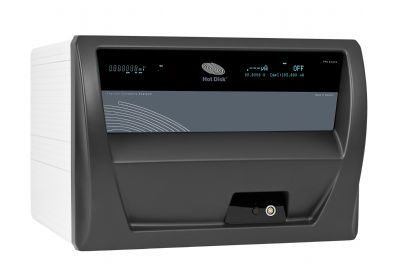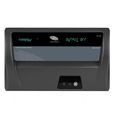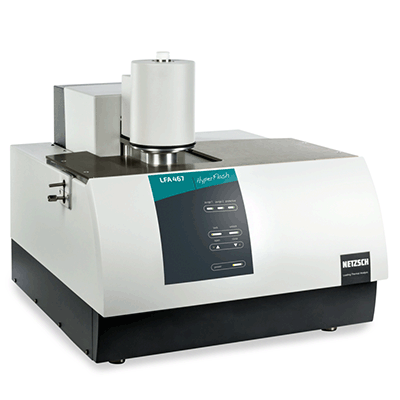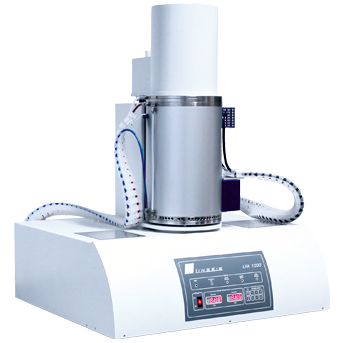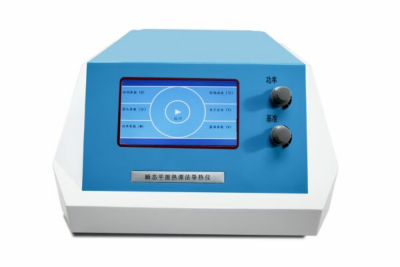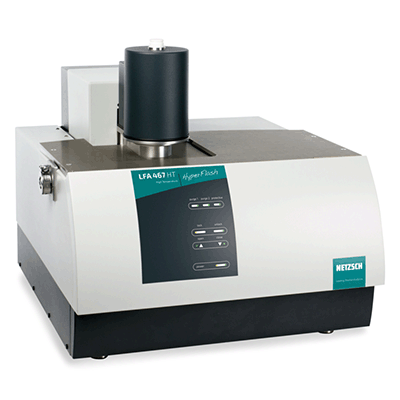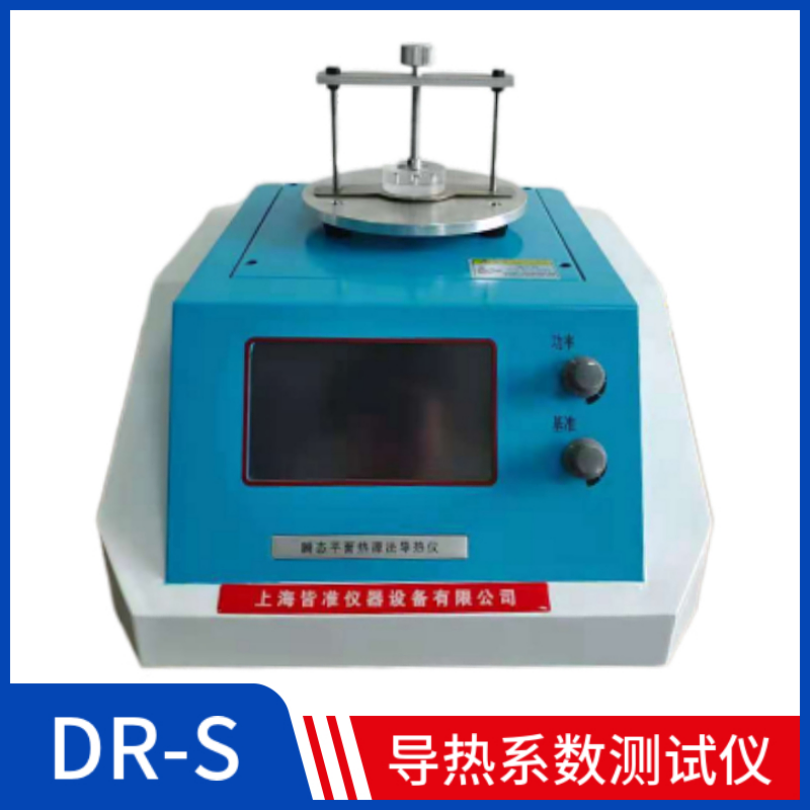方案详情
文
The Hot Disk Thermal Constants Analyser can be used for measurements on anisotropic samples such as stacks of metal sheets. In this application note sheets of transformer iron core samples were measured with both the slab technique in order to obtain the individual plate’s thermal conductivity, diffusivity and specific heat capacity and the anisotropic technique to find the properties of a stack of these plates.
方案详情

Application note nr. 4From Hot Disk Applications The slab module The slab technique is speciallydesigned for high conductingsamples like Copper,Siliconwafers, SiC wafers, and sheets ofGraphite to mention a few sampletypes. The sample setup consists of asensor embedded in between twoslabs (~0.5-5 mm thick). Thesetup is then insulated with eitherair, vacuum or Polystyreneforcing the heat to diffuse in theradial direction, see figure below. Sensor and sample Measurement times are usuallyshort (0.5-10 s) depending ondiffusivity, choice of sensor andsize of the sample. As all other modules availablefor the Hot Disk ThermalConstants Analyser,the Slabmodule measures thermalconductivity and diffusivitywithout the influence fromthermal contact resistance. Introduction The Hot Disk Thermal Constants Analyser can be used for measurements on anisotropicsamples such as stacks of metal sheets. In this application note sheets of transformer iron coresamples were measured with both the slab technique in order to obtain the individual plate’sthermal conductivity, diffusivity and specific heat capacity and the anisotropic technique tofind the properties of a stack of these plates, see fig. 1. Experimental & Results A sensor with radius 6.403 mm (S/N 5501) was used for all measurements (anisotropic andslab). The average sheet thickness was measured to be 0.54 mm. The slab measurements werecarried out on 2 individual pieces of the metal. Polystyrene was used as insulator on both sidesof the sample-sensor-sample set-up. The following measurement parameters were used:measurement time 5 s and power 0.5 W. This gave a temperature increase of roughly 1.9℃and a probing depth around 12.8 mm. The results were as follows: Thermal Conductivity: 26.55 +/-0.02 W/mKThermal Diffusivity: 7.676 +/-0.004 mm /s Specific Heat Capacity: 3.459 +/-0.003 MJ/mK A stack (~2.5 cm high) was then measured with the anisotropic technique, with power 1.5 Wand 6.5 s measurement time. The specific heat capacity of the stack was approximatelyestimated to be 1.5 % lower than the specific heat capacity of the metal sheets themselves dueto air gaps. Thus, the estimated specific heat capacity fed to the program was 3.407 MJ/m’K. Axialdirection Radialdirection Fig. 1. The stack ofmetal sheets. By removing thescrews it was possible to insert a sensor in betweenthe two sample pieces. A slab measurement wascarried out on 2 individual sheets. The arrows givethe directions in for the anisotropic measurments. About the Hot Disk instrument The Hot Disk Thermal Constants Analyser is a systemdesigned to conveniently measurethe thermal transport propertiesof a sample: thermalconductivity, thermal diffusivityand specific heat. The system isbased on a patented TransientPlane Source (TPS) technique,which can be used to studymaterials with thermalconductivities from 0.005 to 500W/mK and covering a temperature range from 30 to 1000K. The following modes ofoperation are available with theHot Disk instrument 1)1Basic method: The sensor issandwiched between 2sample pieces. This methodalso features a single sidedoption.2)Thin Film method: Aspecial extremely sensitivesensor is sandwichedbetween 2 pieces of the film(10-500um). 3)Slab method: For veryconducting materials (>10W/mK like SiC, Cu etc.). 4)Anisotropic method: Thismethod measures theanisotropic thermalconductivity and diffusivityof a uni-axial sample. 5)Cp-determination: Determines Cp of solid samples. For more information, please visit www.hotdisk.se or contact your local distributor. The measurement results for the anisotropic measurements are given below: Axial thermal conductivity : 0.75+/-0.03 W/mK Axial thermal diffusivity: 0.219 +/-0.008 mm /s Radial thermal conductivity: 22.2 +/-0.6 W/mKRadial thermal diffusivity: 6.5 +/-0.2 mm /s Discussion The axial thermal conductivity and diffusivity is significantly lower than the radialconductivity and diffusivity, mainly because of the air-interfaces between the metal sheets.The thermal conductivity in the radial direction is roughly 16 % lower than the slabmeasurements indicated. This difference in thermal conductivity is possibly due to the fact thatthe air layers between the metal sheets decrease the“overall" thermal conductivity in the radialdirection. The anisotropic properties of a sample like this well describes in which directions the heat istransported away from a heat source. It also shows the influence air layers can have on theconductivity and diffusivity. It is very likely for instance that the thermal conductivity in bothdirections (radial and axial) should be dependent on the pressure applied on the sample set-up. O Hot Disk AB Old NewBrunswick RoadSouth Tower, Suite Piscataway, NJ USA.Contact: Mr. Jay PatelPhone: +ax: +obile: +-mail: jay.patel@hotdisk.seC Hot Disk AB our Local Distributor:
确定
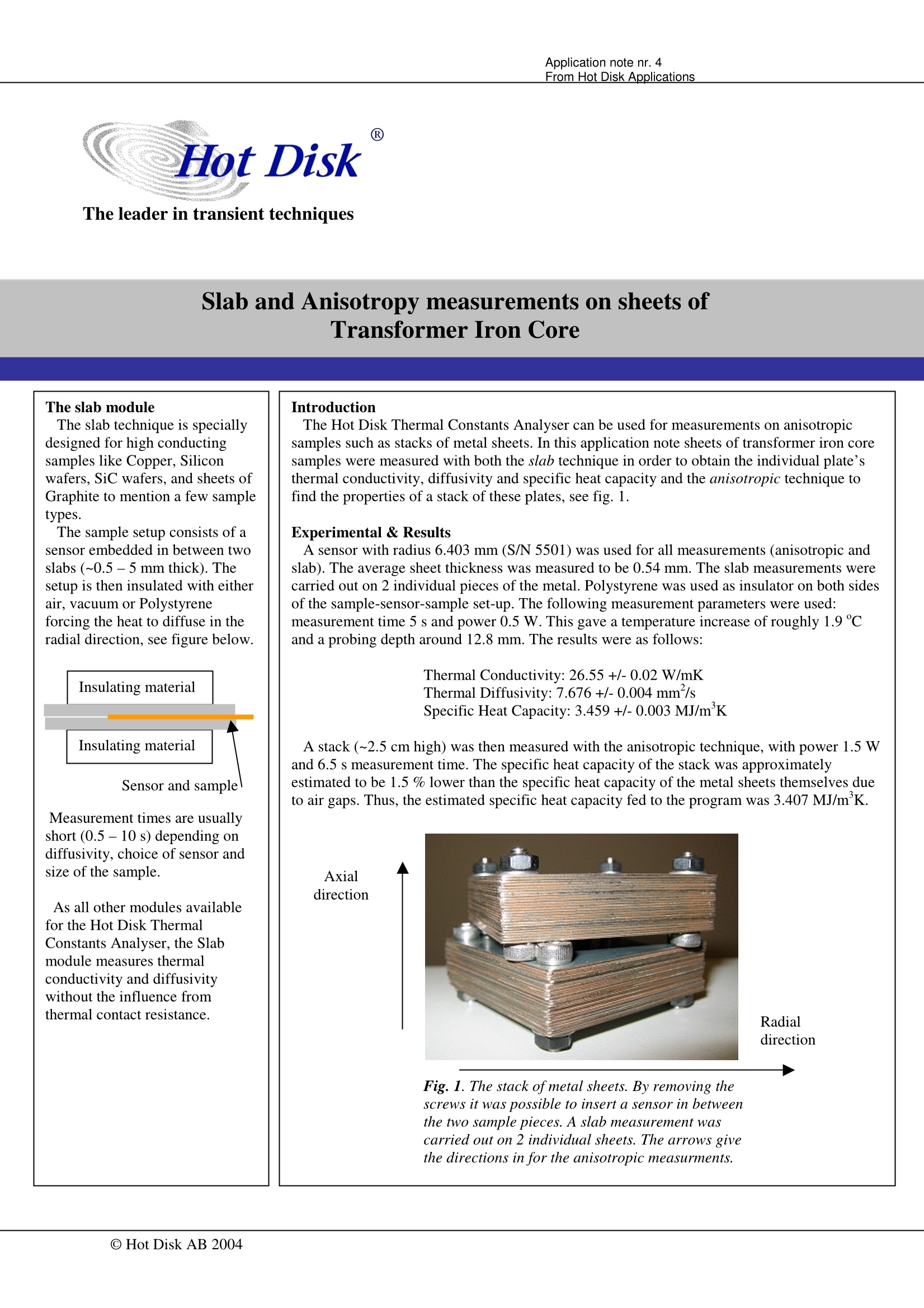
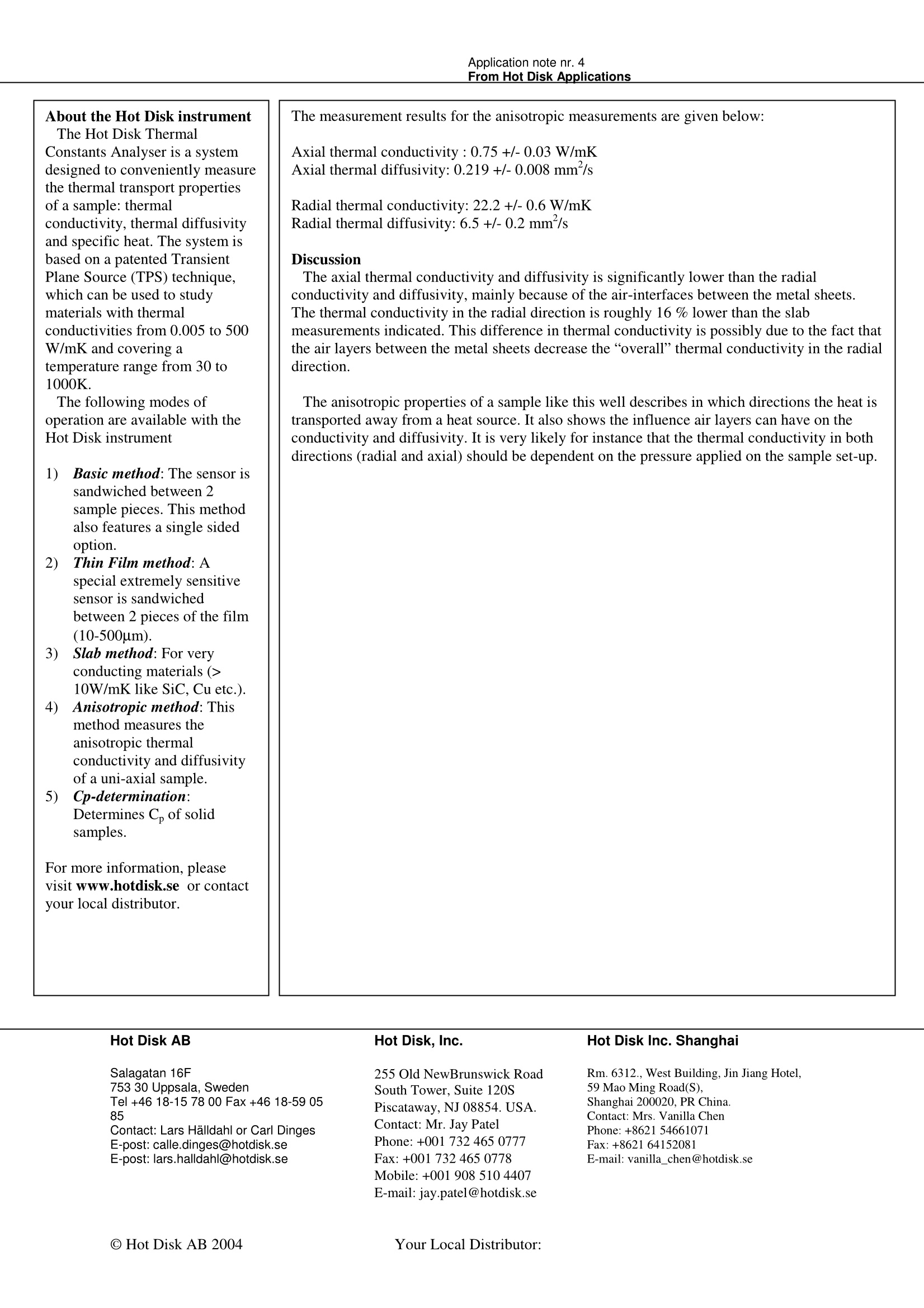
还剩1页未读,是否继续阅读?
凯戈纳斯仪器商贸(上海)有限公司为您提供《Hot Disk方法对变压器铁质片层核心的导热性能的各向异性测试》,该方案主要用于其他中--检测,参考标准--,《Hot Disk方法对变压器铁质片层核心的导热性能的各向异性测试》用到的仪器有Hot Disk热常数分析仪、Hot Disk导热系数仪/Hot Disk 热常数分析仪
推荐专场
相关方案
更多

